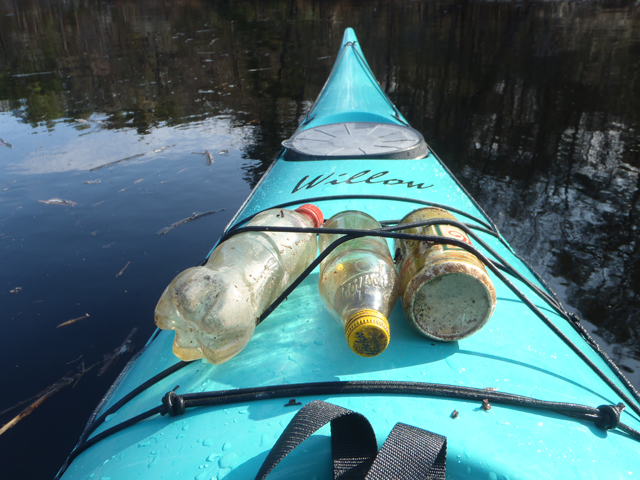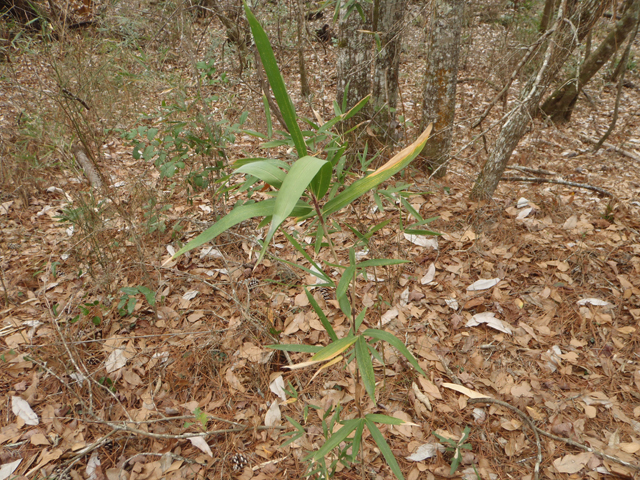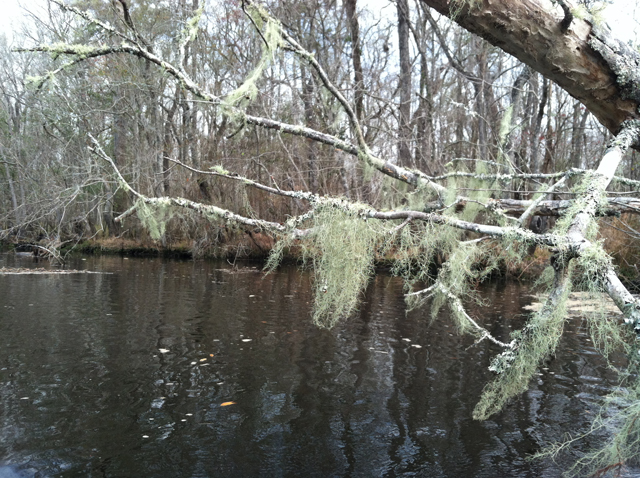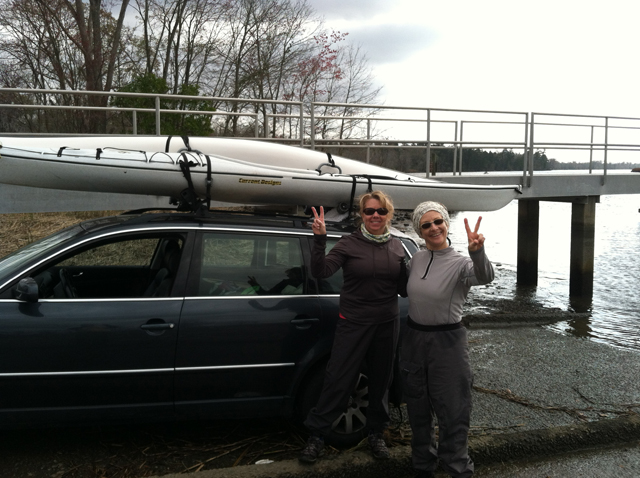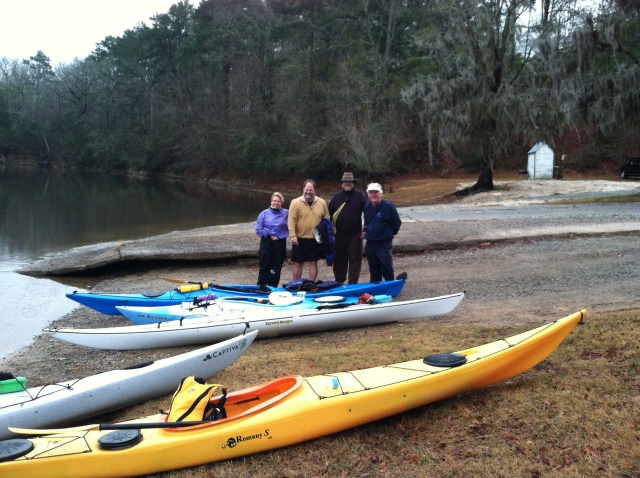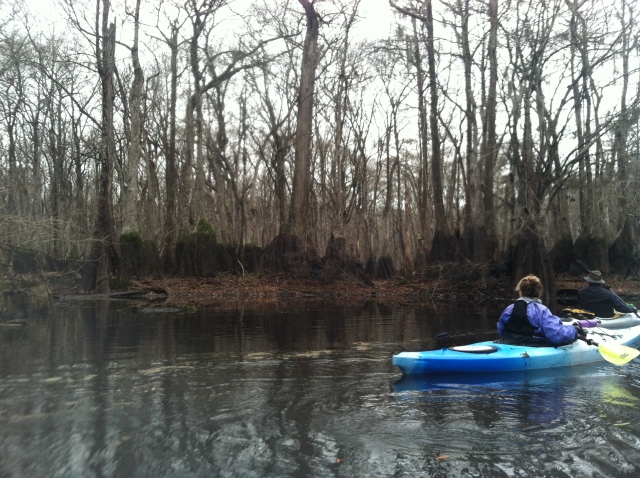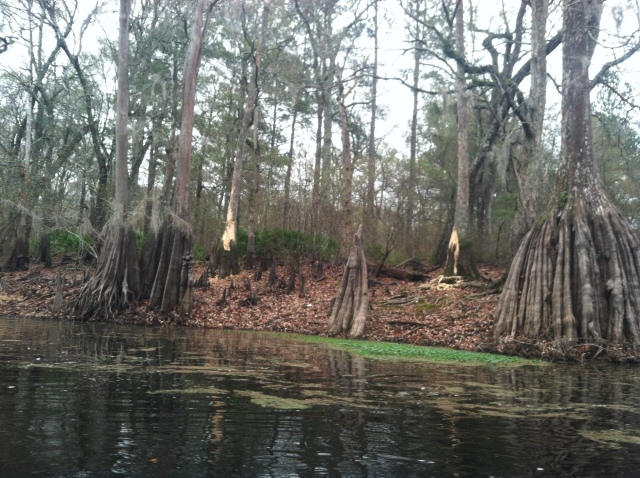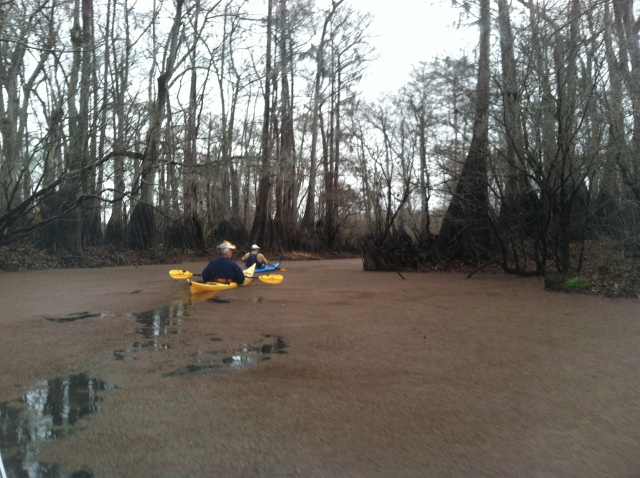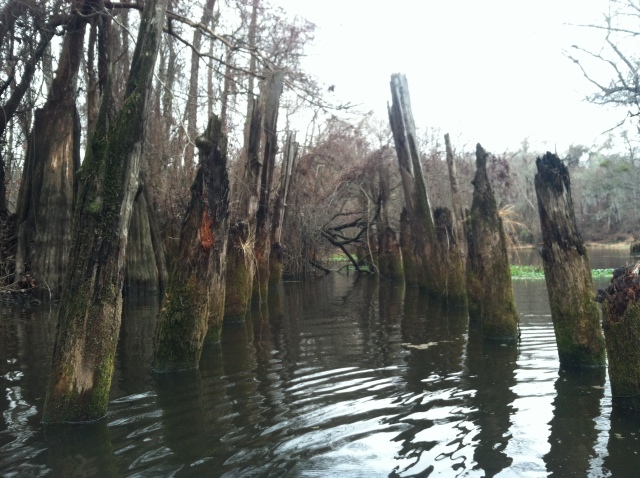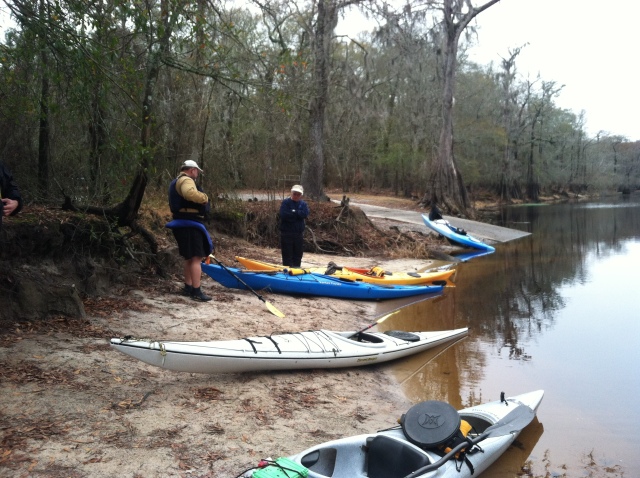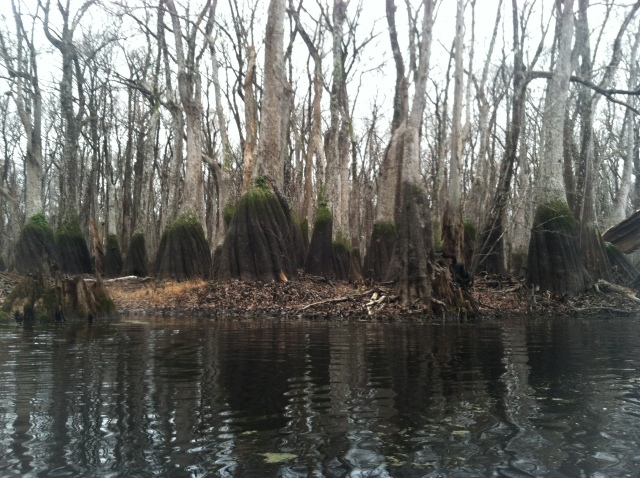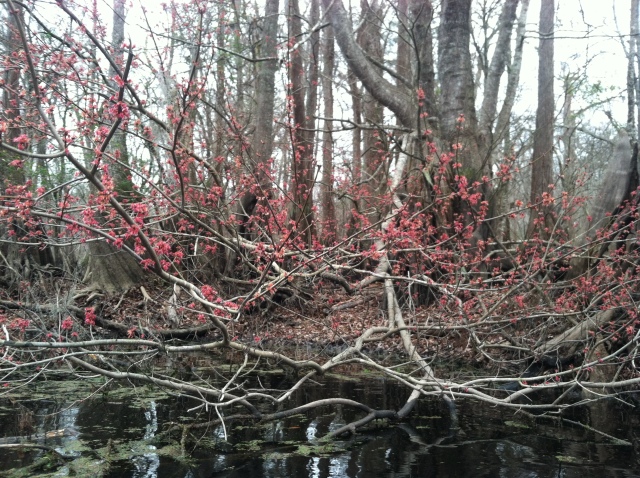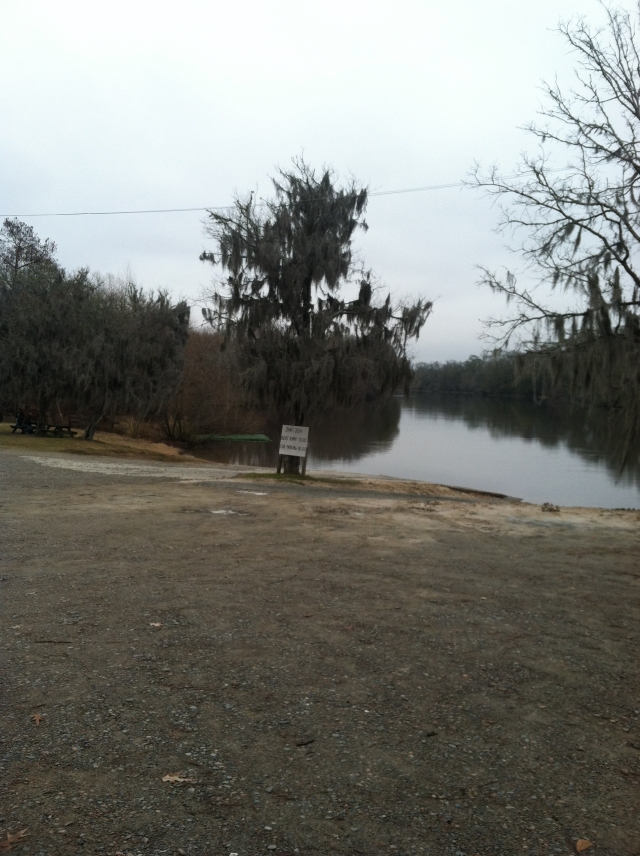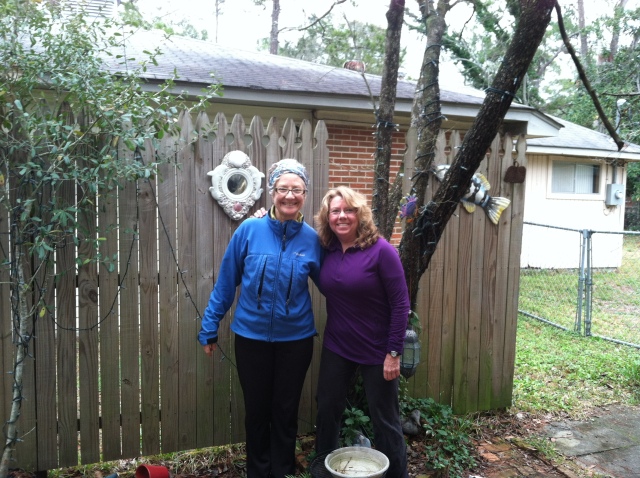After making a concerted effort to get inland on our first three paddles, Liz and I decided to find some nearby salt water that we hadn’t paddled. We settled on the Vernon River, which rises south of Hunter Army Airfield and flows 12.5 miles through Chatham County to the sea. Liz and I were joined on this paddle by Dan, and the three of us launched from Skidaway Narrows (Butterbean Beach) under bright sun and on an outgoing tide.
Our destination was Green Island, a small island tucked in behind little Wassaw. The island is now privately owned, but Liz had visited the island often as a child, exploring the island on day visits and overnight camping trips with her family.
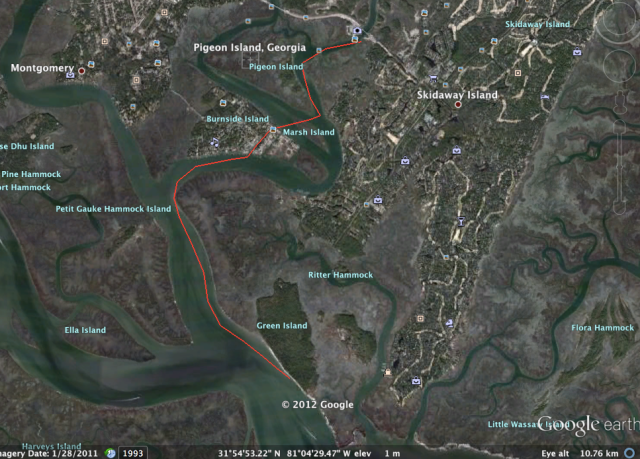
Although the Vernon was our main paddling destination, we put in on Skidaway River, then crossed Moon River and through a Burnside Island canal to the Burnside River. (A little shortcut in deference to the various cranky body parts on that day’s trip.)
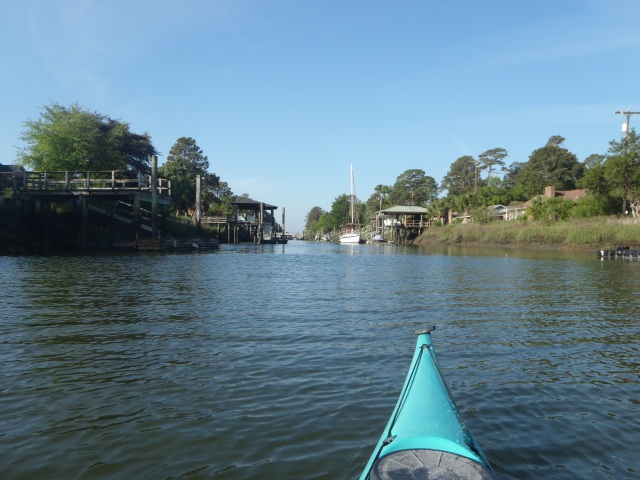
Once the Burnside river met the Vernon, it was big water all the way. We had the wind against us, but the out-going tide made it easier going.
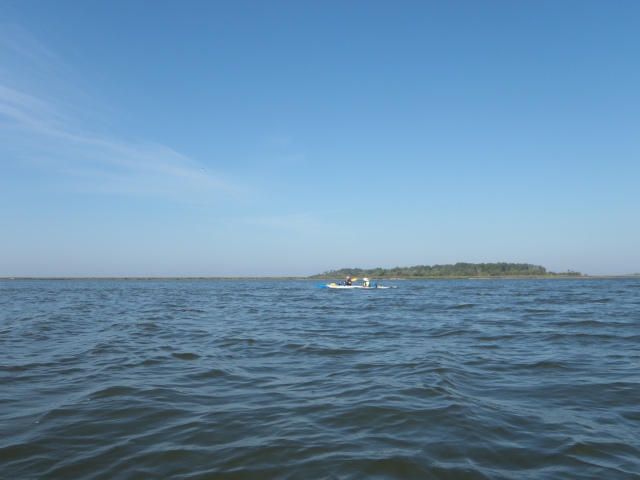
After a little over six miles and two hours, we reached Green lsland.
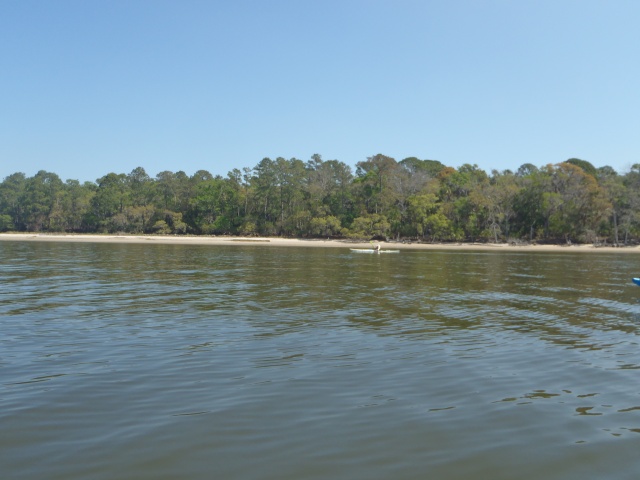
Liz’s good planning put us there at low tide so that we could enjoy a meal and a slack tide rest.
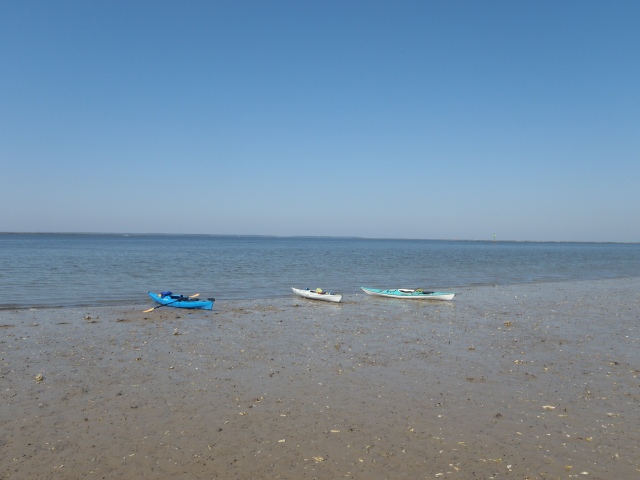
Green Island is a great example of a maritime forest. These island forests advance and retreat as coastlines are reshaped by tides and storms. Often found in maritime forests are Live Oaks (Quercus virginiana), Southern Pine (Pinus sp.), Southern Magnolia (Magnolia grandifolia), Cabbage Palm (Sabal palmetto), Resurrection Fern (Polypodium polypodioidies), and Saw Palmetto (Serenoa repens).
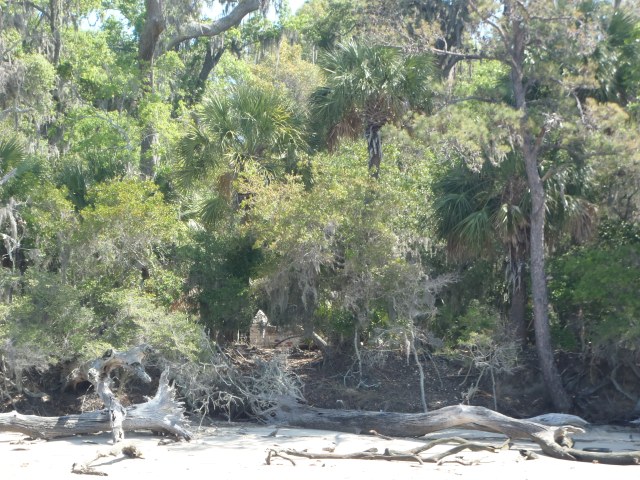
In deference to the private ownership of the island, we did not explore the interior, but saw plenty of evidence of the robust population of wild pigs. Liz’s stories of an old fort on the island made us want to learn more.
All we knew about the fortifications on Green Island was that they were a Civil War construction. After a good deal of (online) digging, we found this reference to the fort in the excellent essay “The Fortresses of Savannah” by Jim Byous:
Morale ran high in the first months of the war. Stationed on Green Island, seventeen year-old private Joseph C. Thompson wrote his sister, “If they try us I think they will be barking up the wrong tree for I do not believe there is one man in the Guards who would not die before surrender.”
Despite young Thompson’s determination, the outlying fortifications were easy pickings for the Union forces, and by 1862 they were abandoned. Again, from Byous:
On Sunday February 9, 1862 General Lee sent orders to Colonel Edward C. Anderson, commander of the coastal defenses, saying, “dismantle the Batteries on St. Simons and Jekyll Island, as it is intended to abandon the outside line of defense and fall back upon the interior forts.” By the end of March the guns of Skidaway, Green Island and Wassaw were moved to the interior forts, Thunderbolt and Beaulieu.
Once the tide had turned, we headed back toward Skidaway. Just as we reached Burnside Island, we were greeted by a large pod of dolphin – at least 5 adults and 4 juveniles.
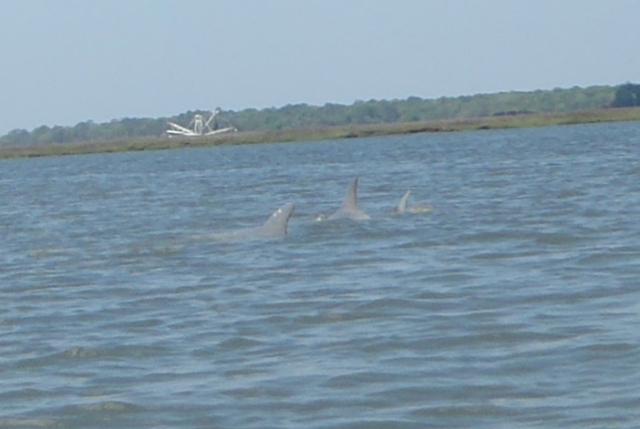
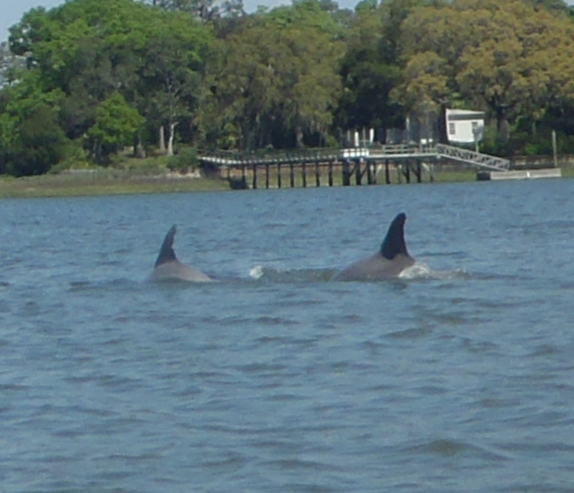
Johnny Mercer‘s childhood home – Vernon View – was on Burnside Island. and in his honor a part of Skidaway river was renamed Moon River. We crossed both on our way back.
We decided to stop at Pigeon Island to stretch and check out the eagle nest.
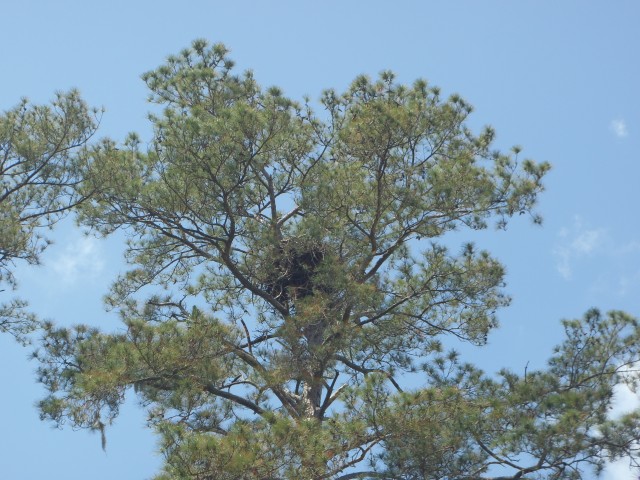
We also saw large prints in the sand that we guess were made by a great blue heron. Although we didn’t see the heron, through the day we saw wood ducks, a mallard, pelicans, cormorants, and a cheeky little guy we’re still trying to identify.
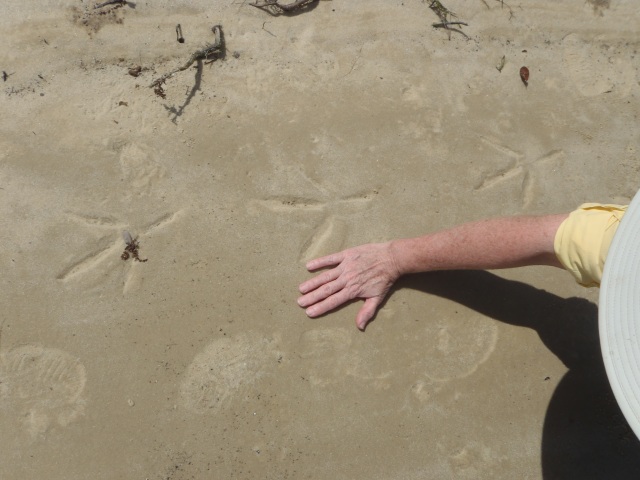
Pigeon Island looks out on the Skidaway Narrows, historically a strategic point in guarding Savannah. In colonial times, the island (also known as Redoubt Island) was used by Capt. Noble Jones and his Northern Company of Marines to patrol the Narrows for Spanish privateers approaching from Florida. Known today as the Atlantic Intracoastal Waterway, the Inland Passage was a critical route to protect colonials from enemy advancement into early settlements. General Oglethorpe authorized construction of a watch house on Pigeon Island in 1740 to warn troops stationed at Jones’ Wormsloe Plantation of approaching invaders. Wormsloe was officially deeded to Jones by a King’s Grant dated 1756, although he had occupied the land since 1736. Pigeon Island was gifted to Jones in 1761 but later passed out of the Jones Family. The island has seen several owners over the years, held at times by individuals, a local family, and private interests seeking to develop the land for home sites. Today, Pigeon Island is once again part of Wormsloe Plantation, which is now a Georgia State Park. The 1997 purchase was part of Gov. Zell Miller’s Rivercare 2000 project benefiting riverfront land facilitating wildlife-management areas, parks, natural and historic landmarks, and greenways.
From Pigeon Island it was a short hop back to our put in, and our fourth paddle was complete. We had traveled a little over 12 miles on gorgeous Georgia Rivers.
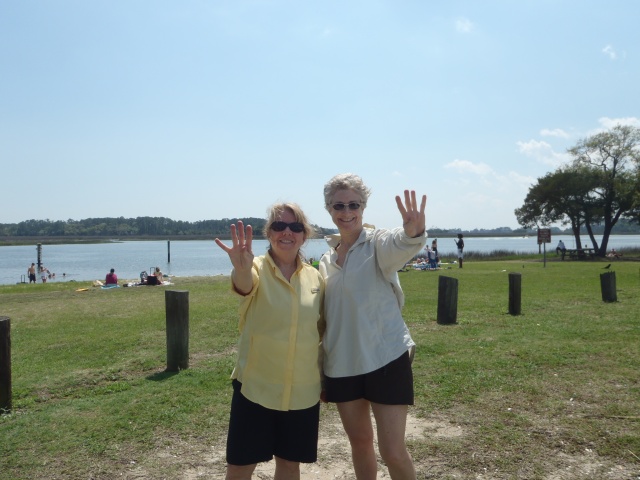
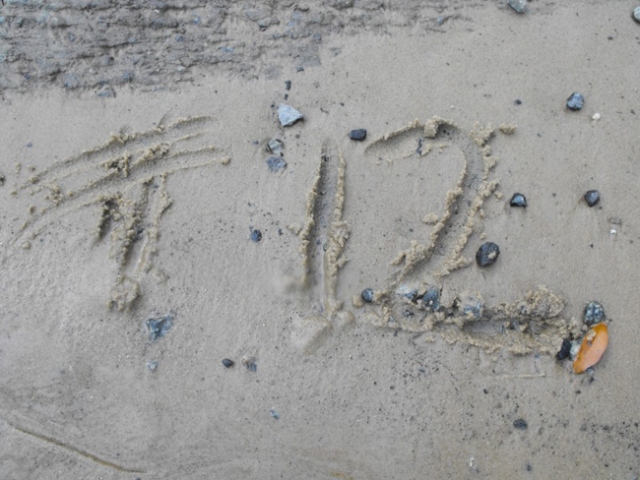
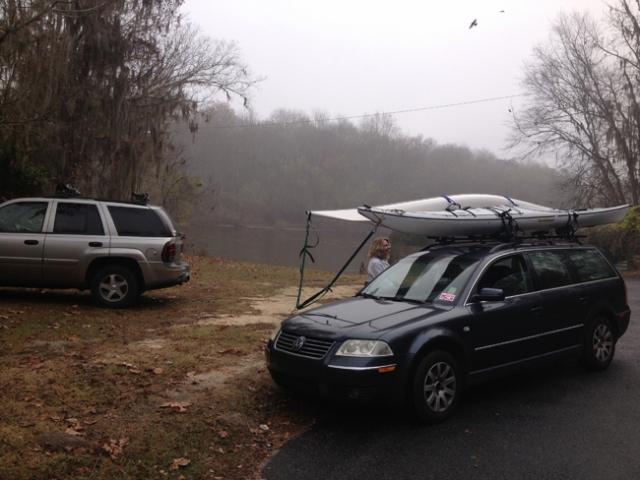
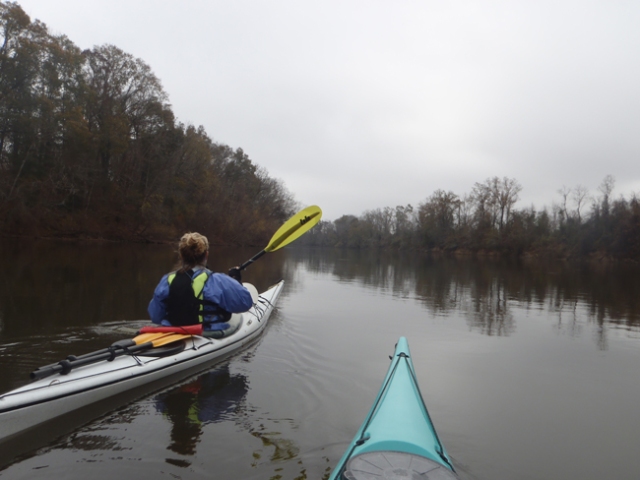 Friends who had paddled the Savannah earlier in the season reported alligators that followed them down, but we saw very little wildlife, with the exception of a blue heron and lots of buzzards. It was a quiet day on the river, with only a few hunters passing us in powerboats.
Friends who had paddled the Savannah earlier in the season reported alligators that followed them down, but we saw very little wildlife, with the exception of a blue heron and lots of buzzards. It was a quiet day on the river, with only a few hunters passing us in powerboats.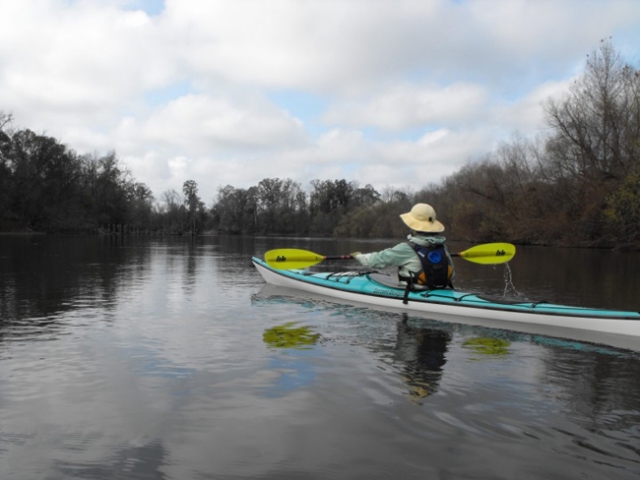
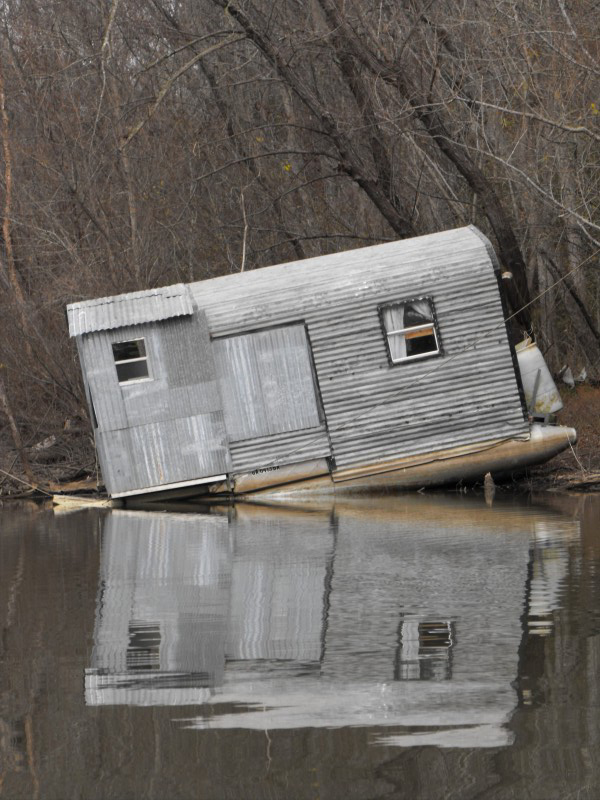
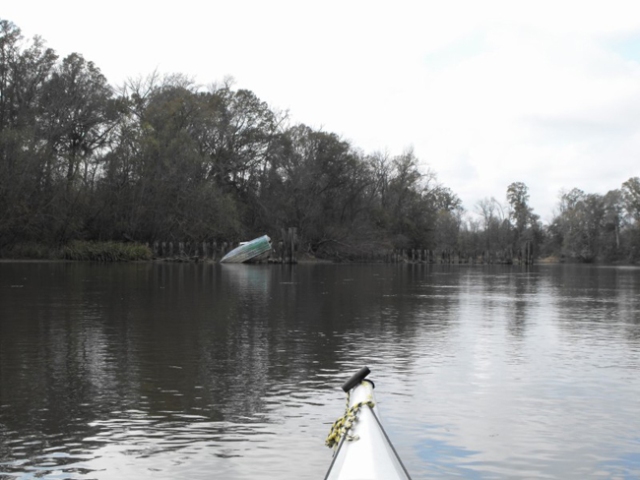
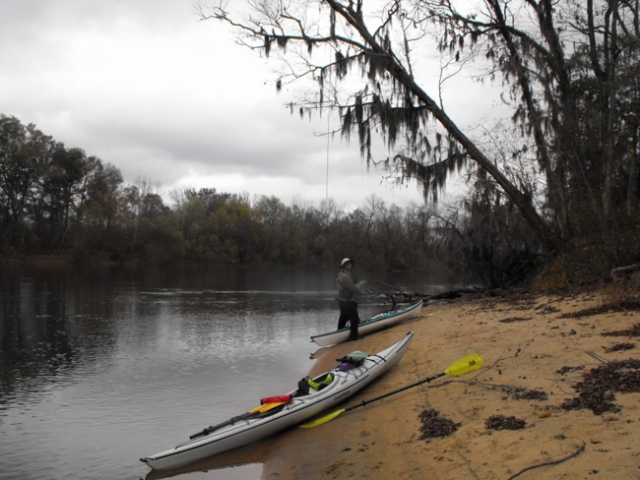
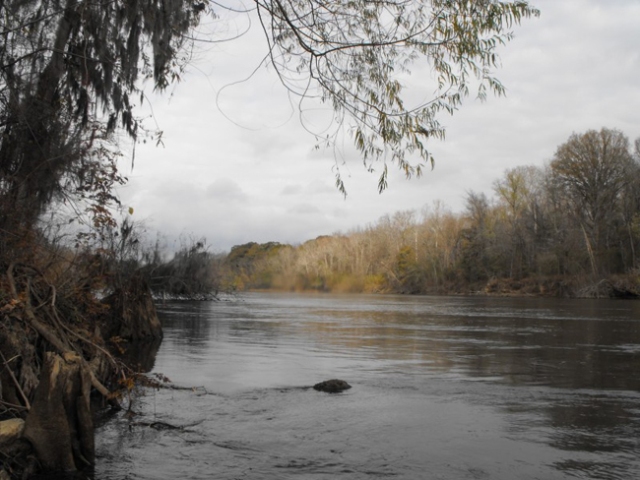
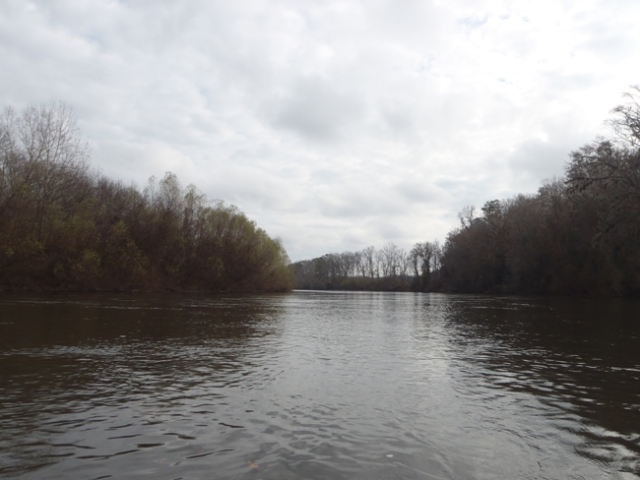
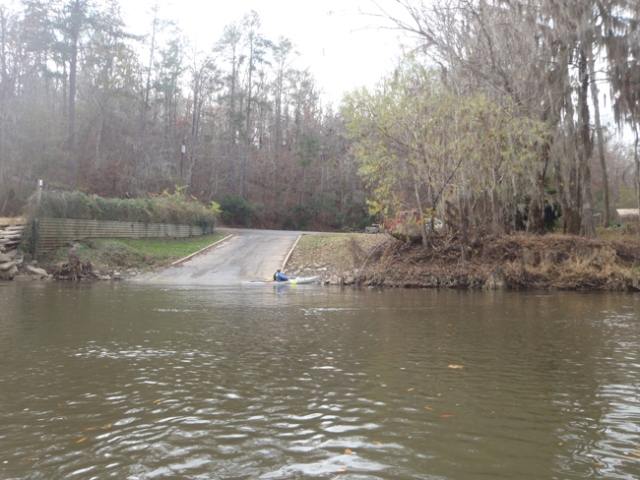
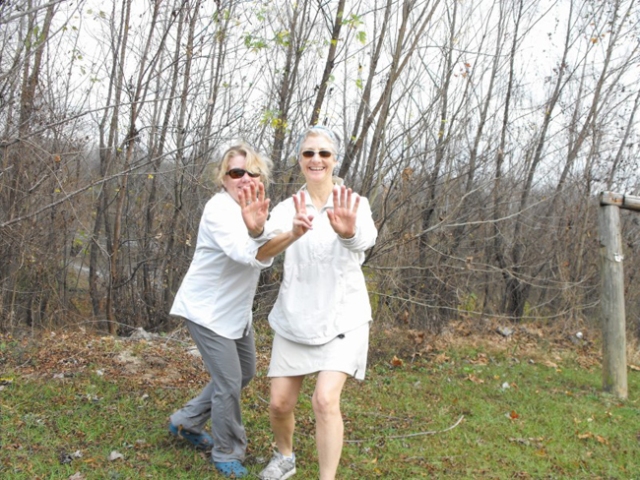

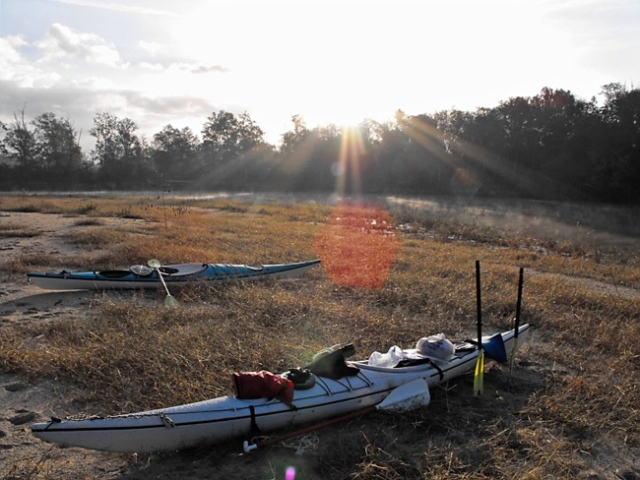
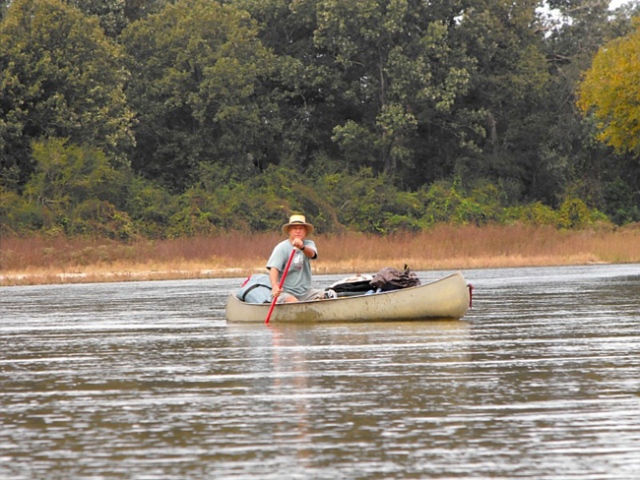
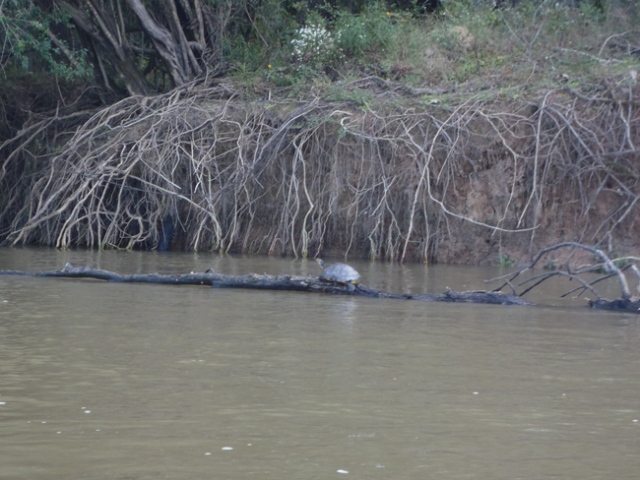
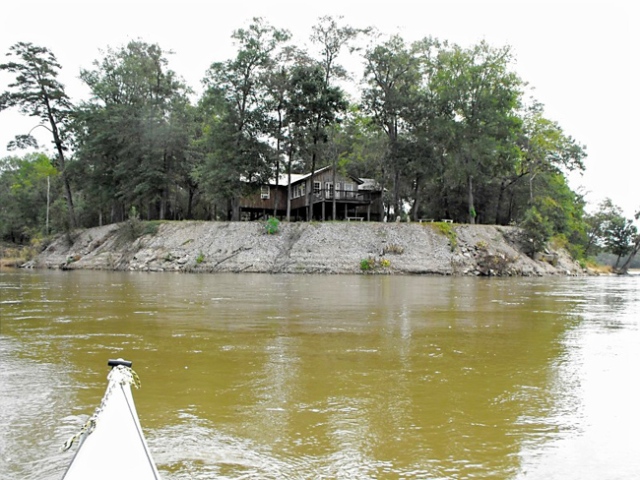
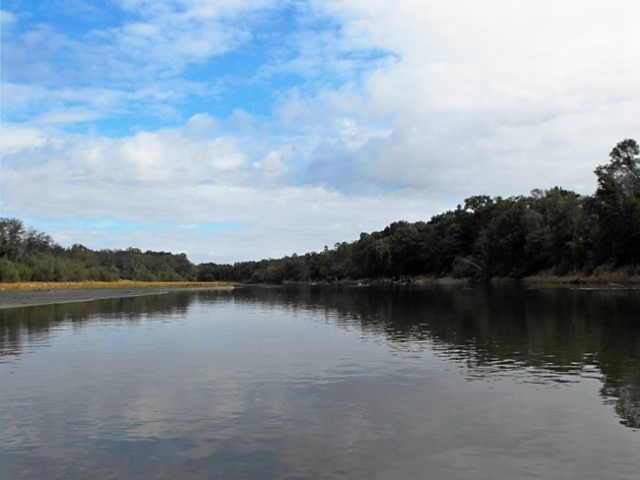
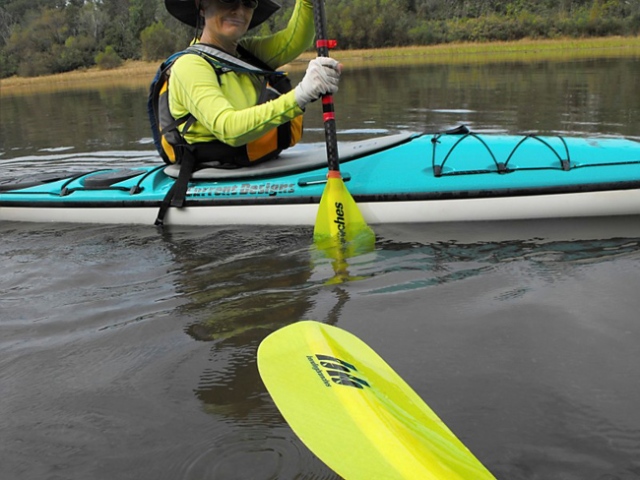
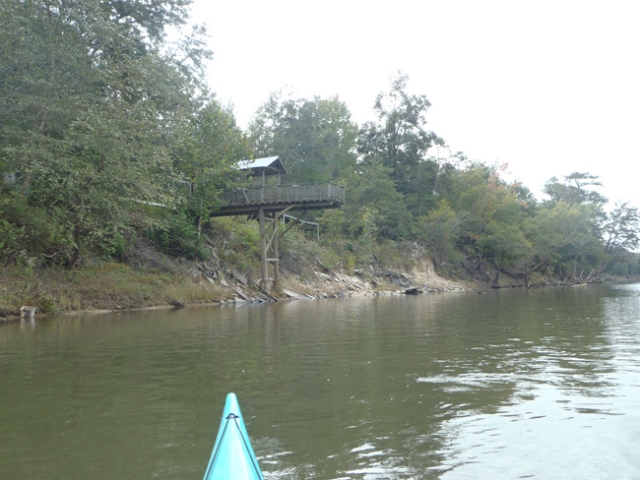
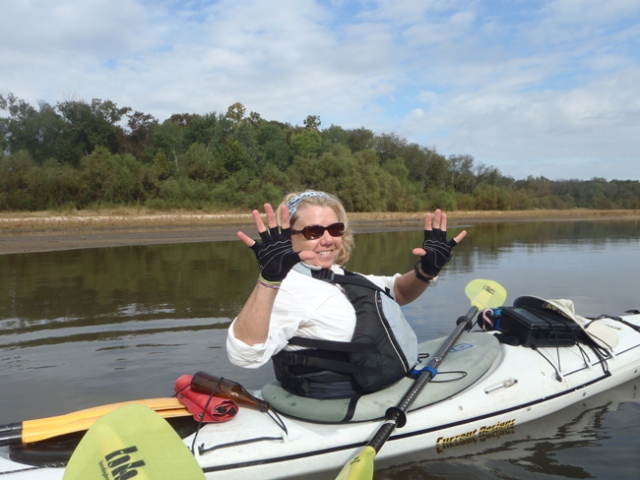
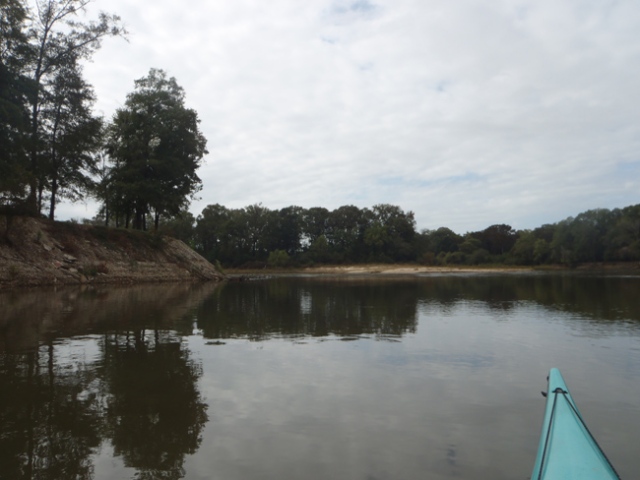
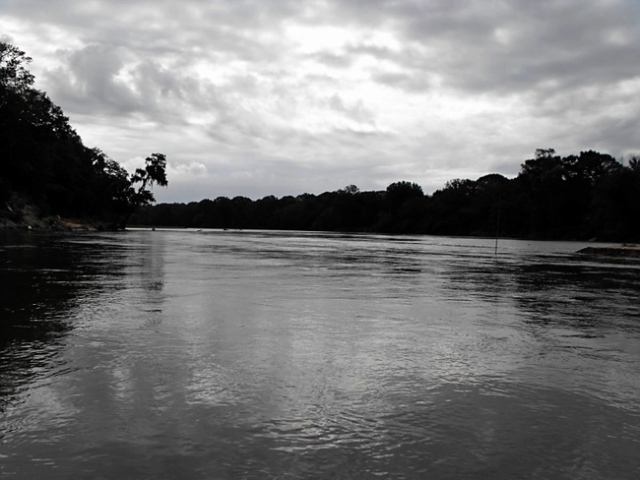
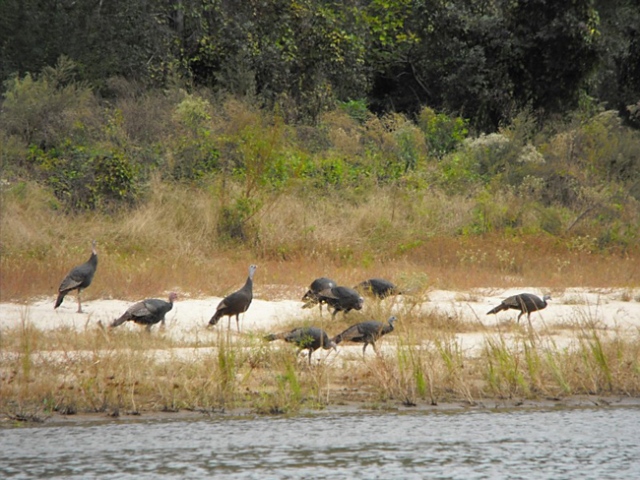
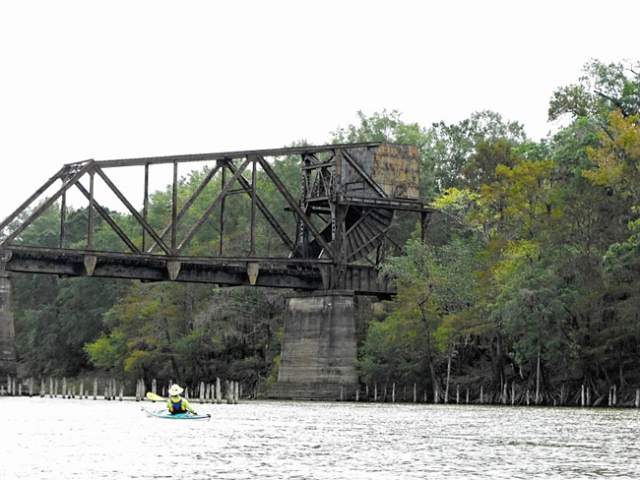
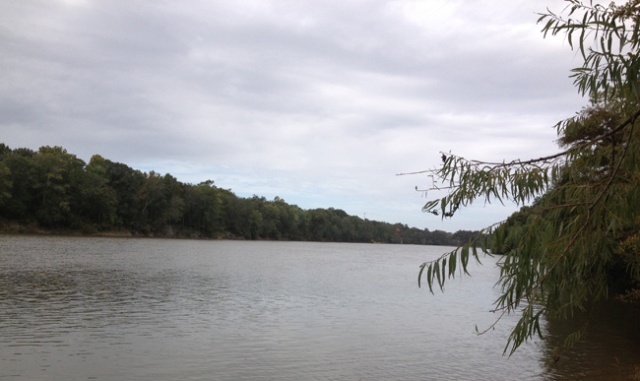
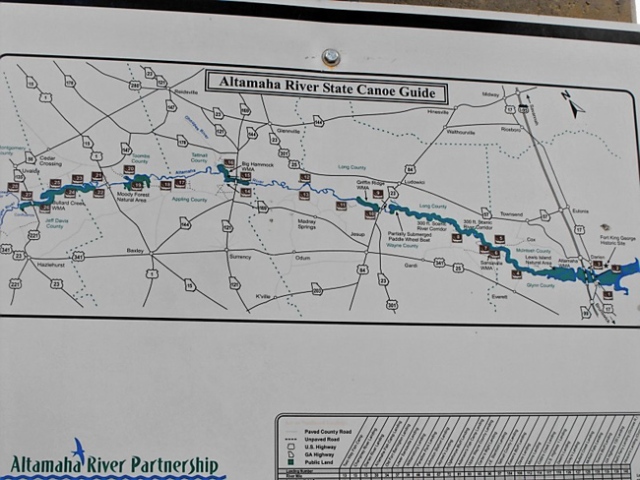
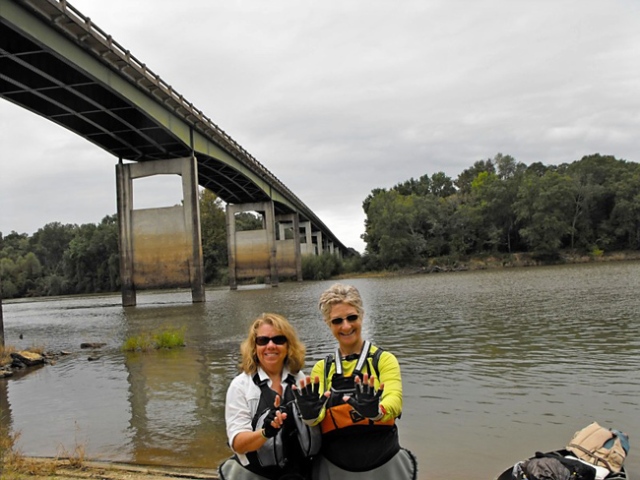

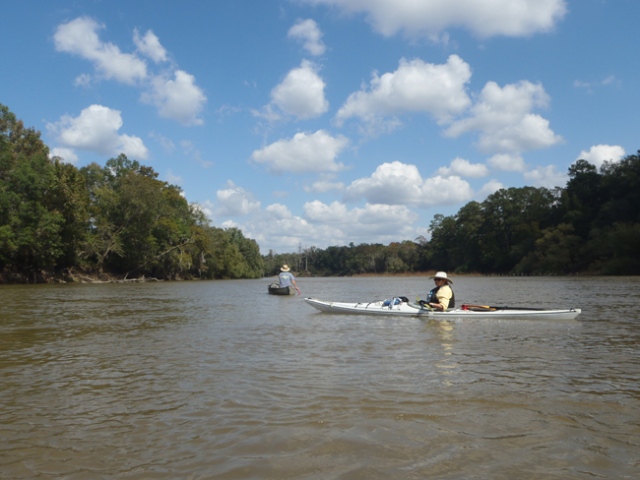

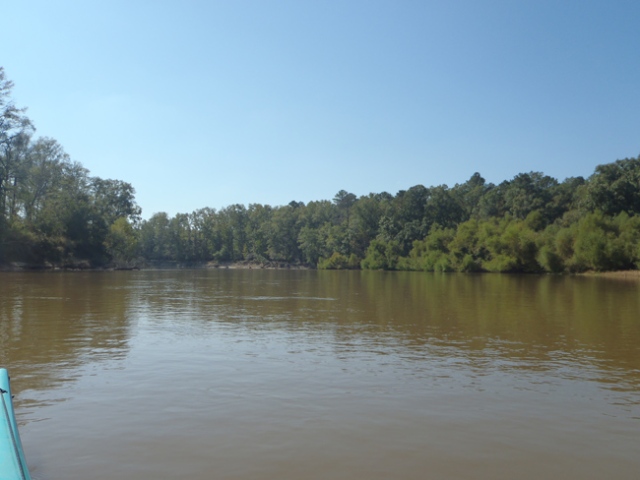

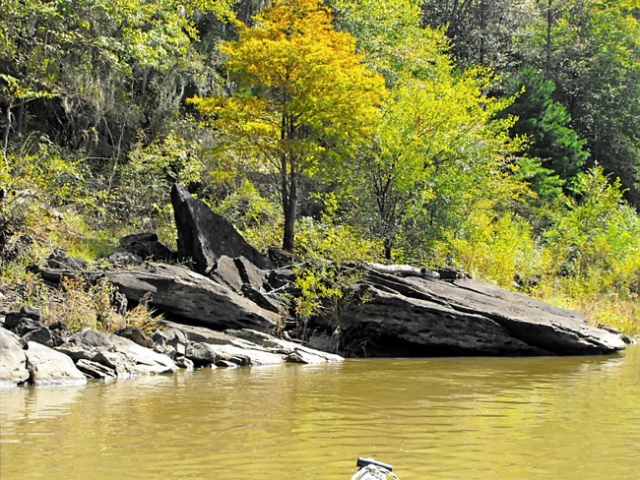
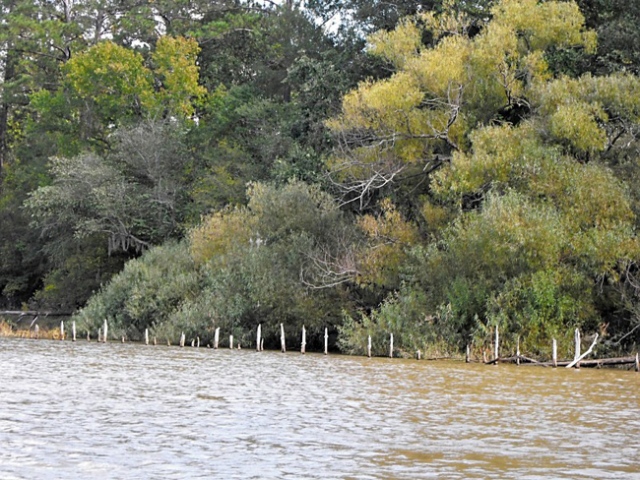











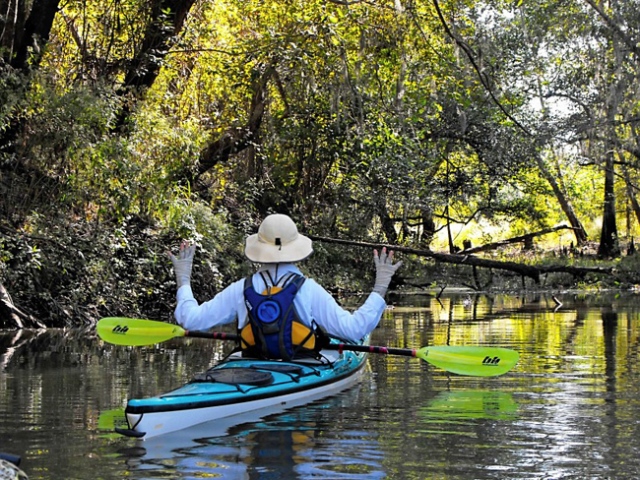

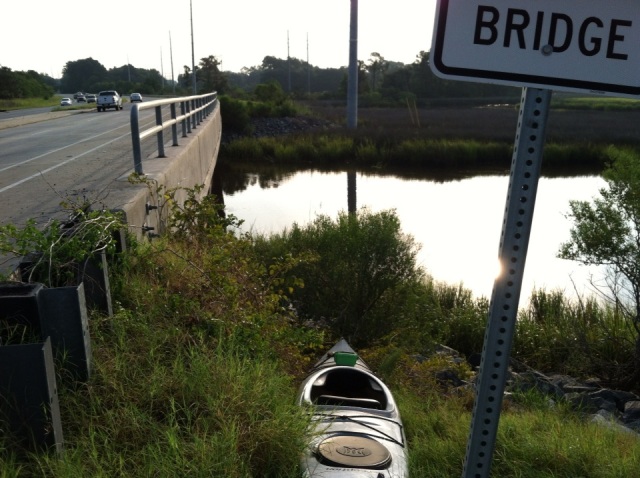


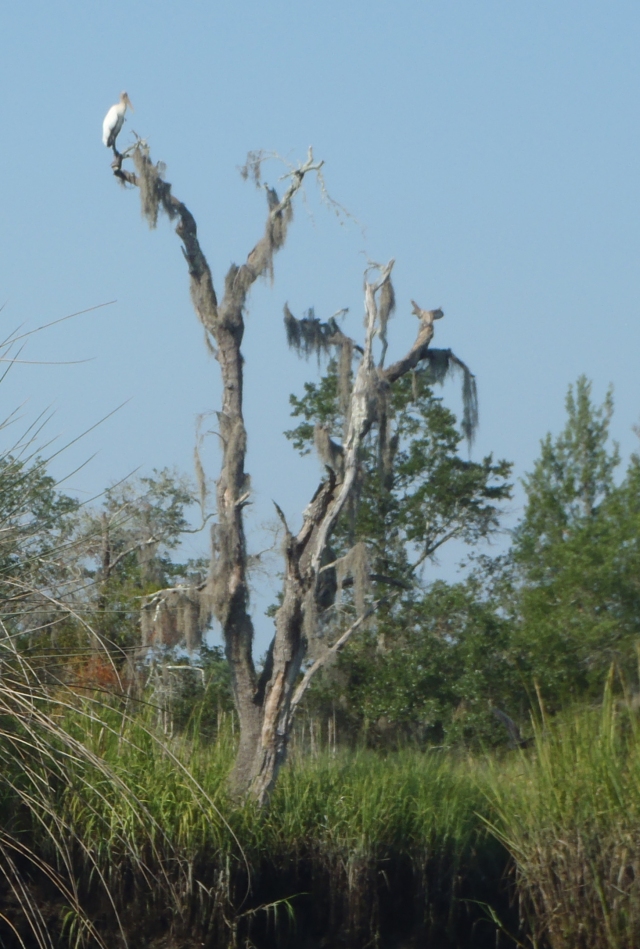
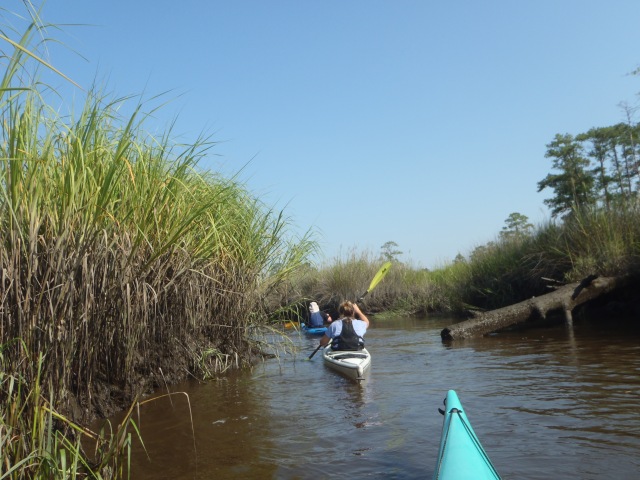






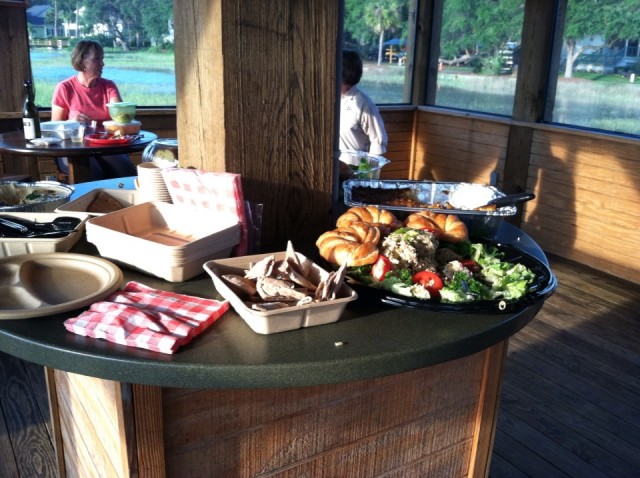
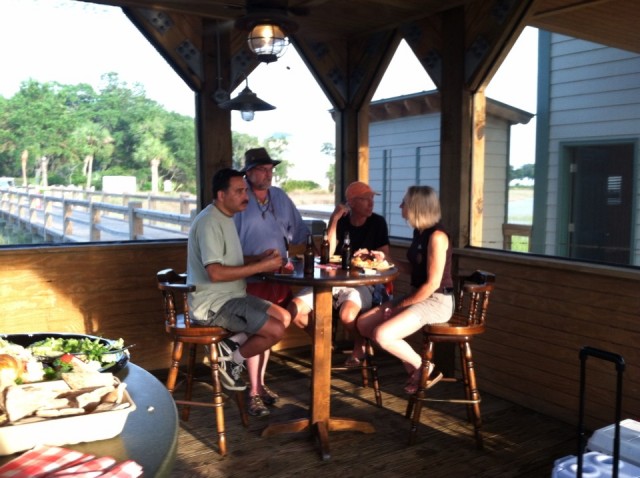






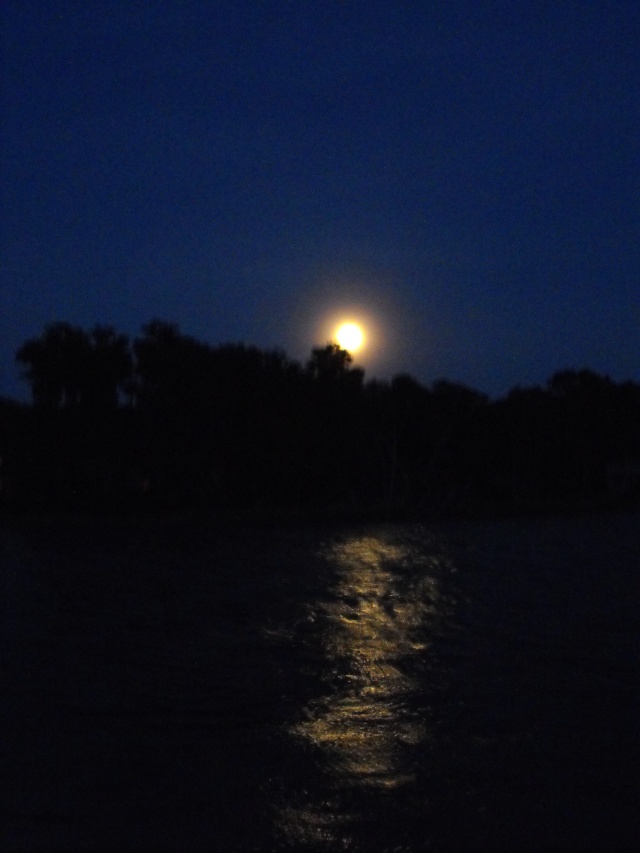
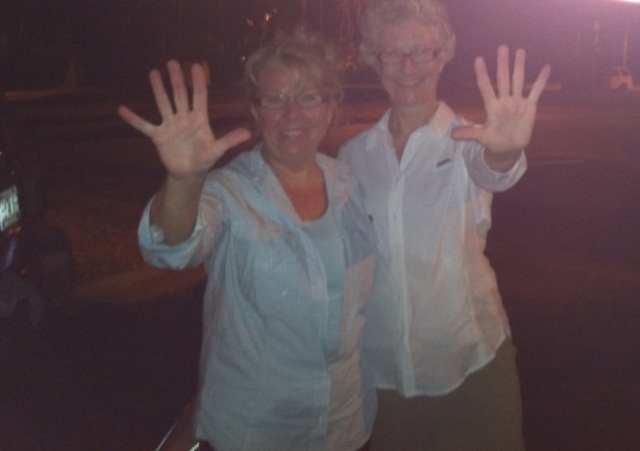















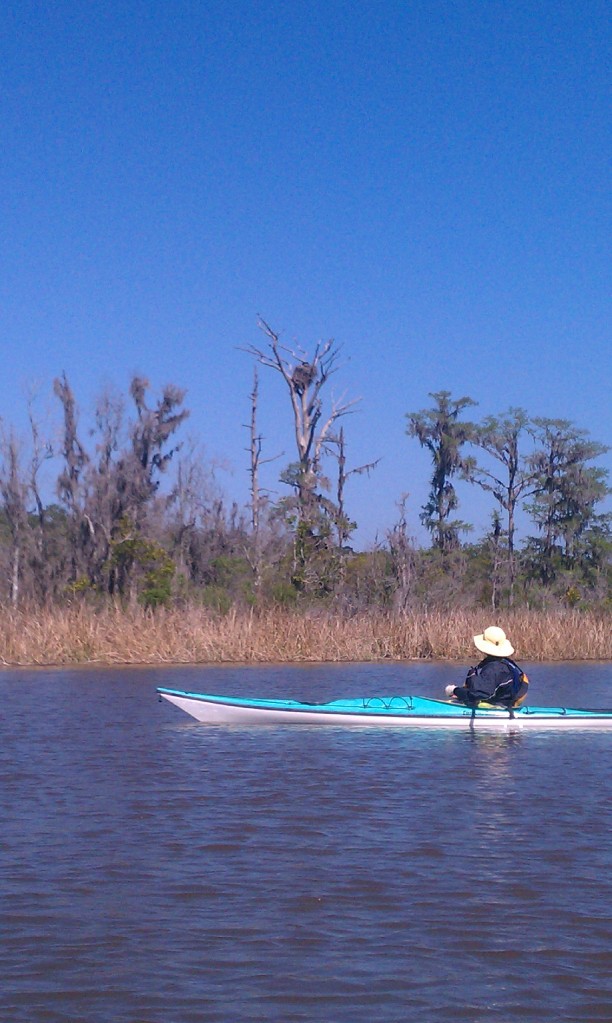

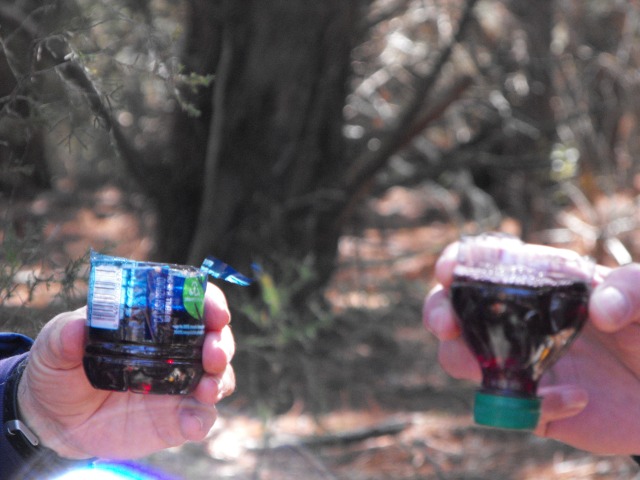


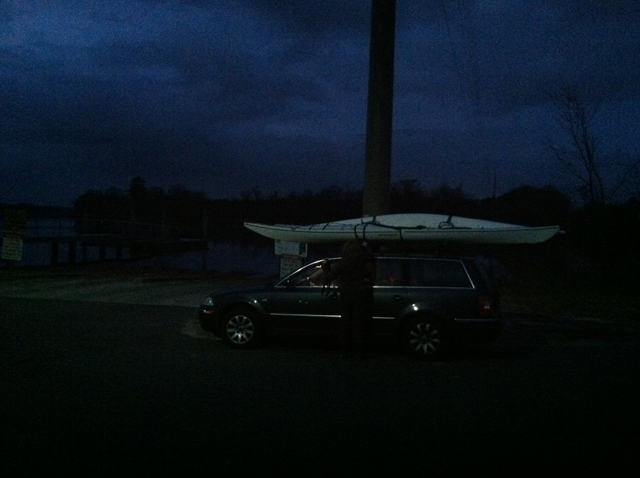
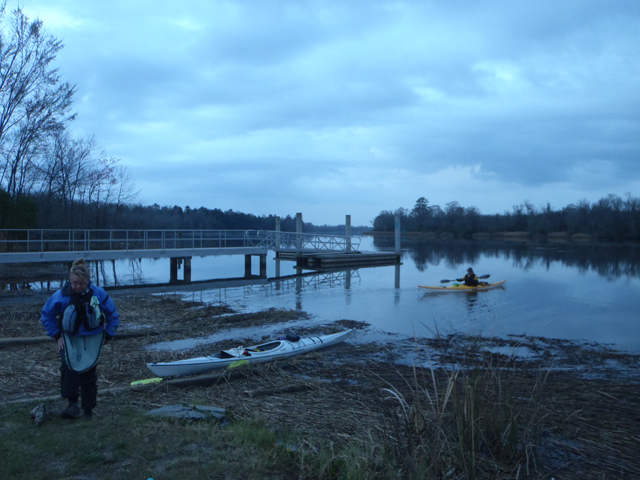 We launched onto the Ogeechee and paddled under Hwy 17 and the thunderous I-95. In about a mile, we came to where Canoochee empties into the Ogeechee. We headed north and soon entered the Fort Stewart Military Reservation, which the river divides.
We launched onto the Ogeechee and paddled under Hwy 17 and the thunderous I-95. In about a mile, we came to where Canoochee empties into the Ogeechee. We headed north and soon entered the Fort Stewart Military Reservation, which the river divides.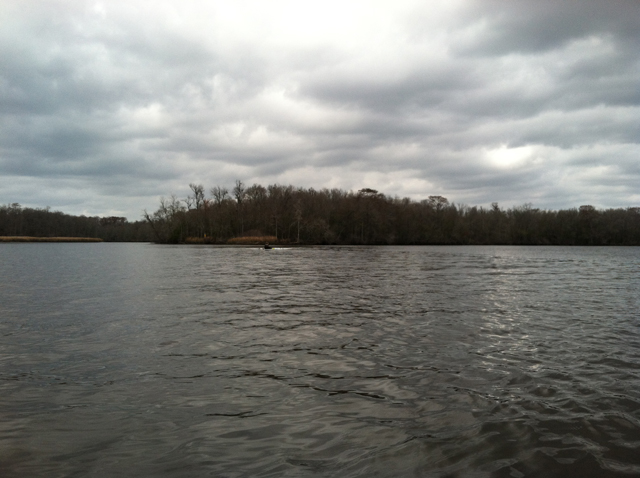
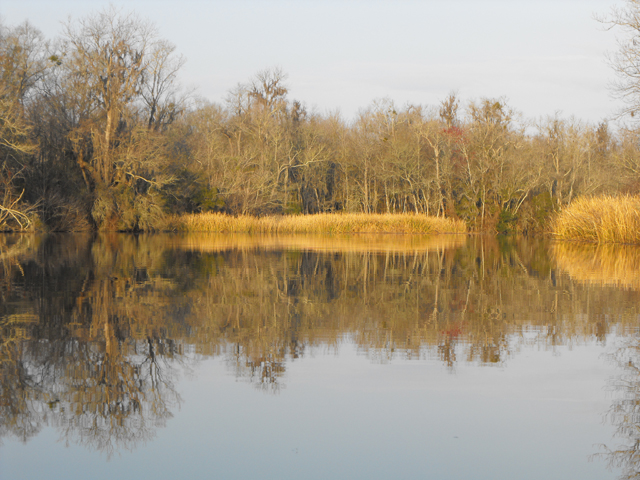
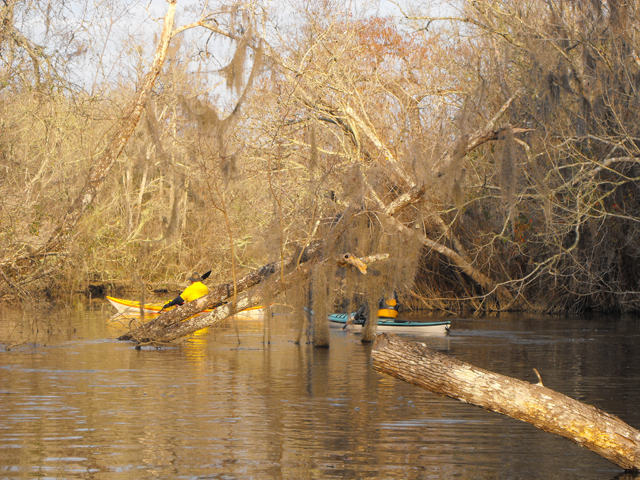
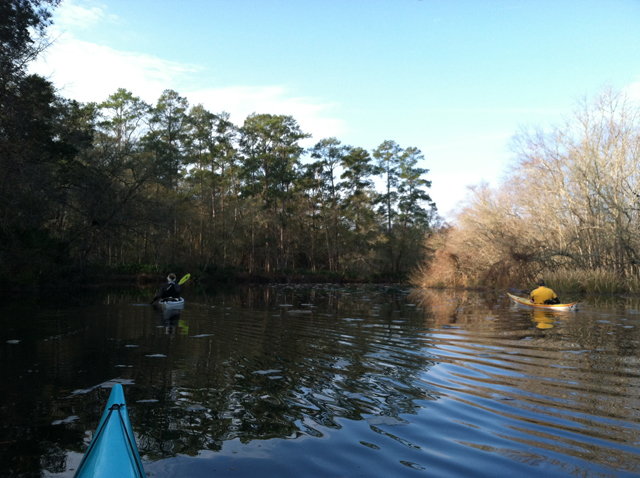
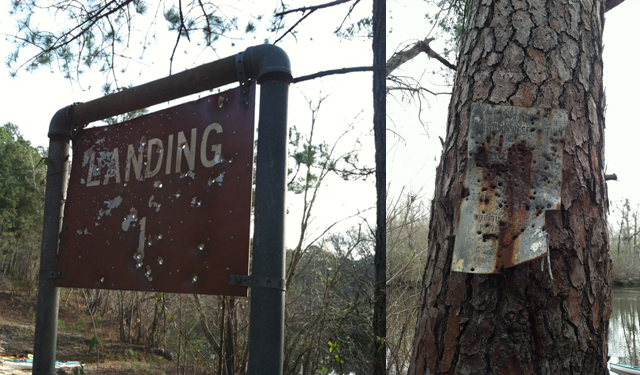
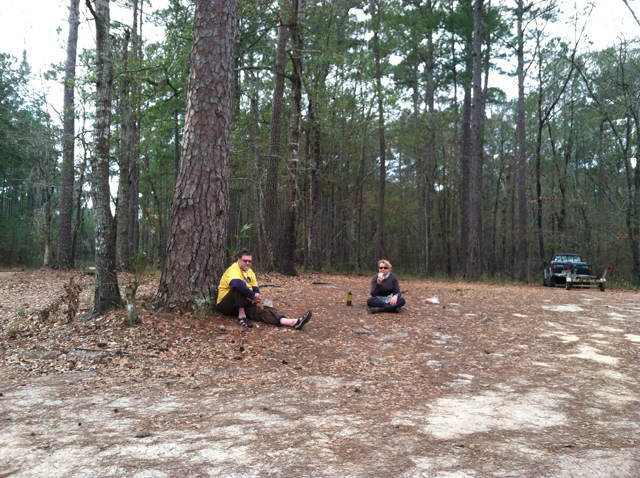
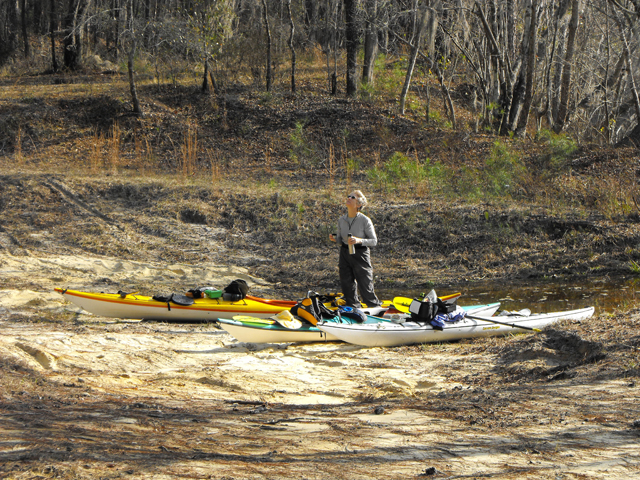
 When General Oglethorpe established the city of Savannah in 1733, part of its function was to act as a buffer between the rich Carolinas to the north and the Spanish to the south. He established Fort Argyle on the West bank of the Ogeechee near the Canoochee. The fort was abandoned and resurrected several times until 1767 when it was abandoned for the last time.
When General Oglethorpe established the city of Savannah in 1733, part of its function was to act as a buffer between the rich Carolinas to the north and the Spanish to the south. He established Fort Argyle on the West bank of the Ogeechee near the Canoochee. The fort was abandoned and resurrected several times until 1767 when it was abandoned for the last time.